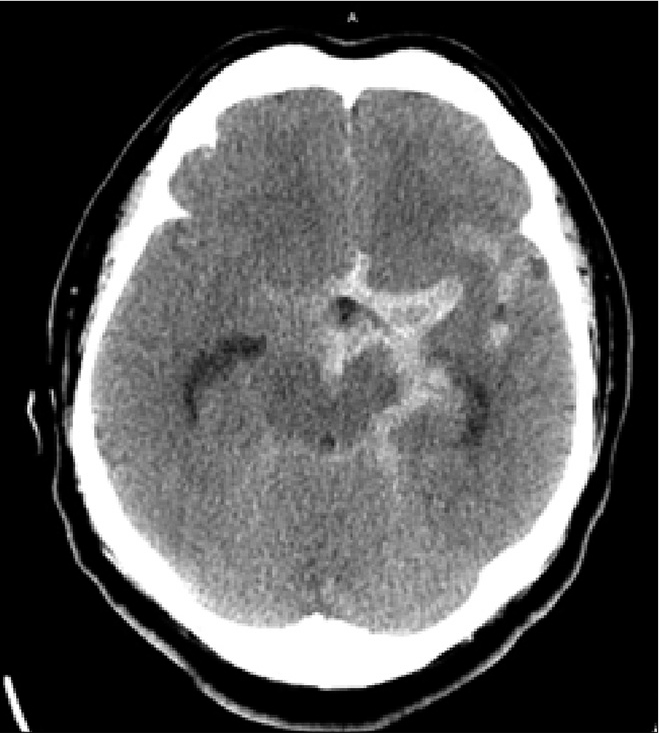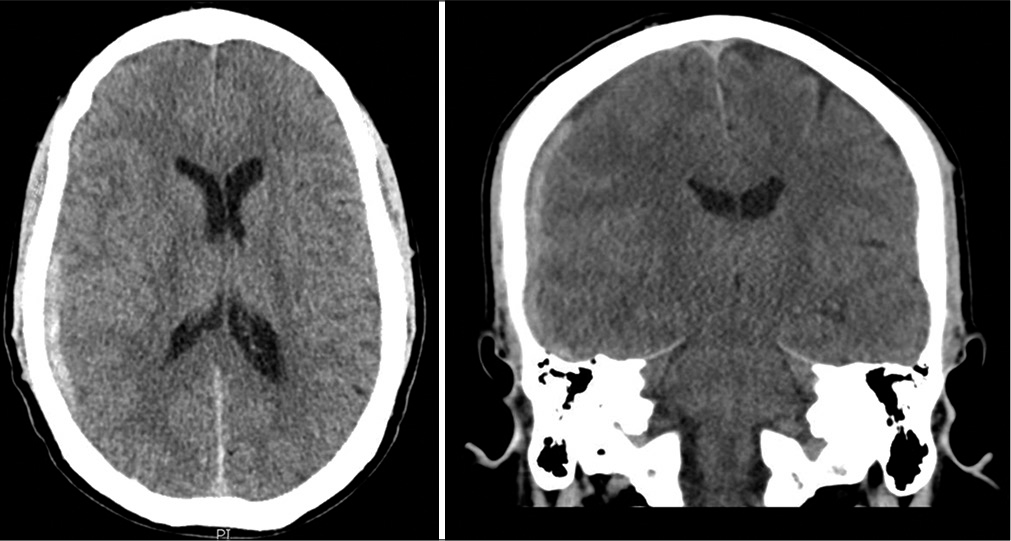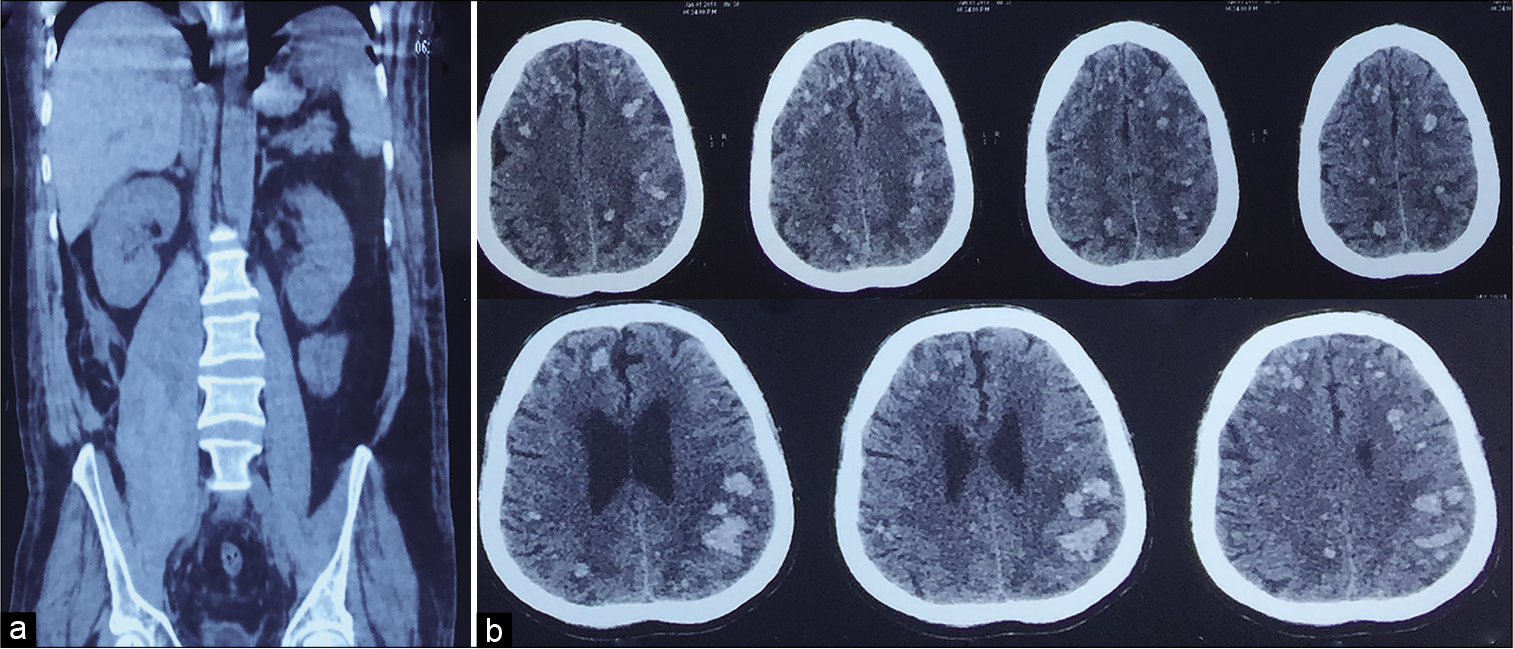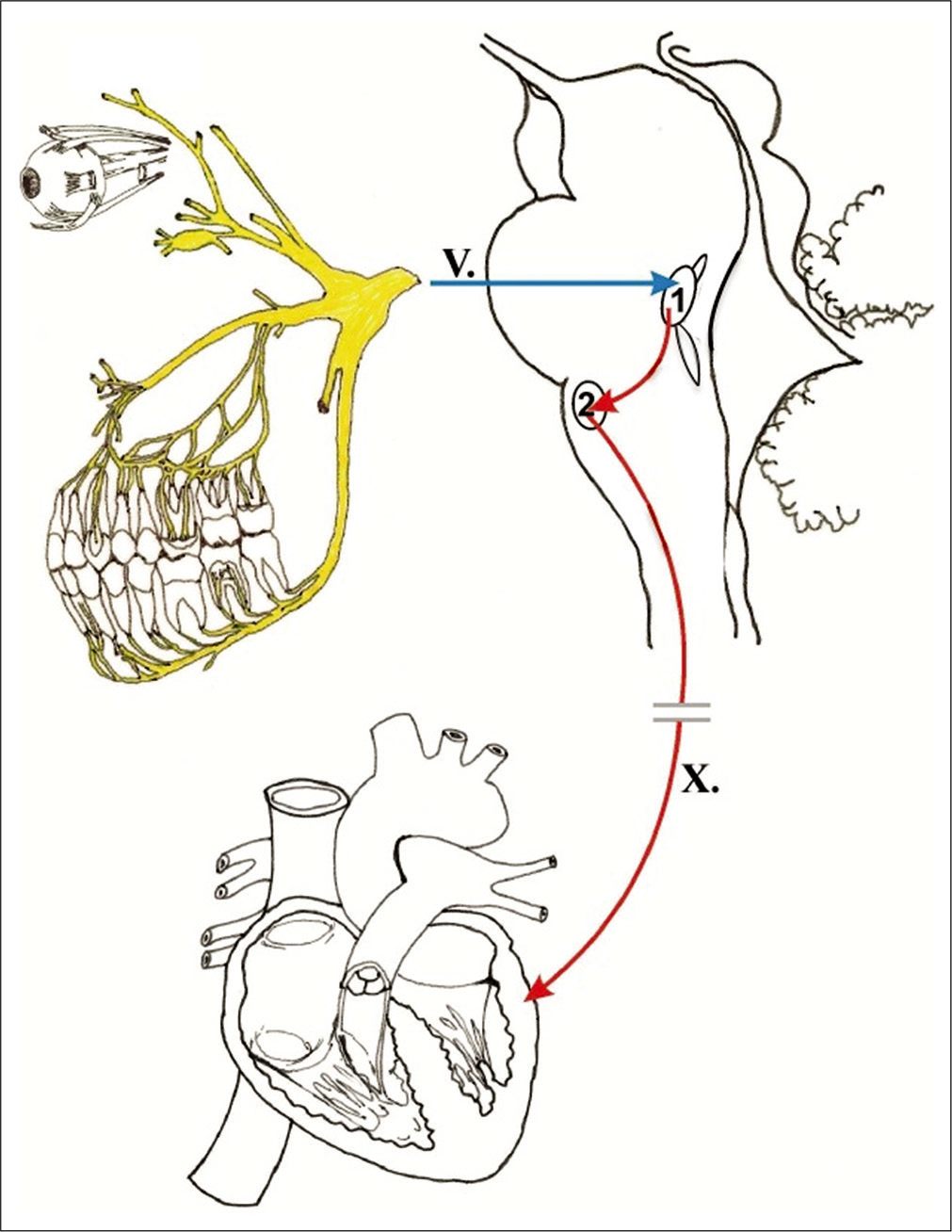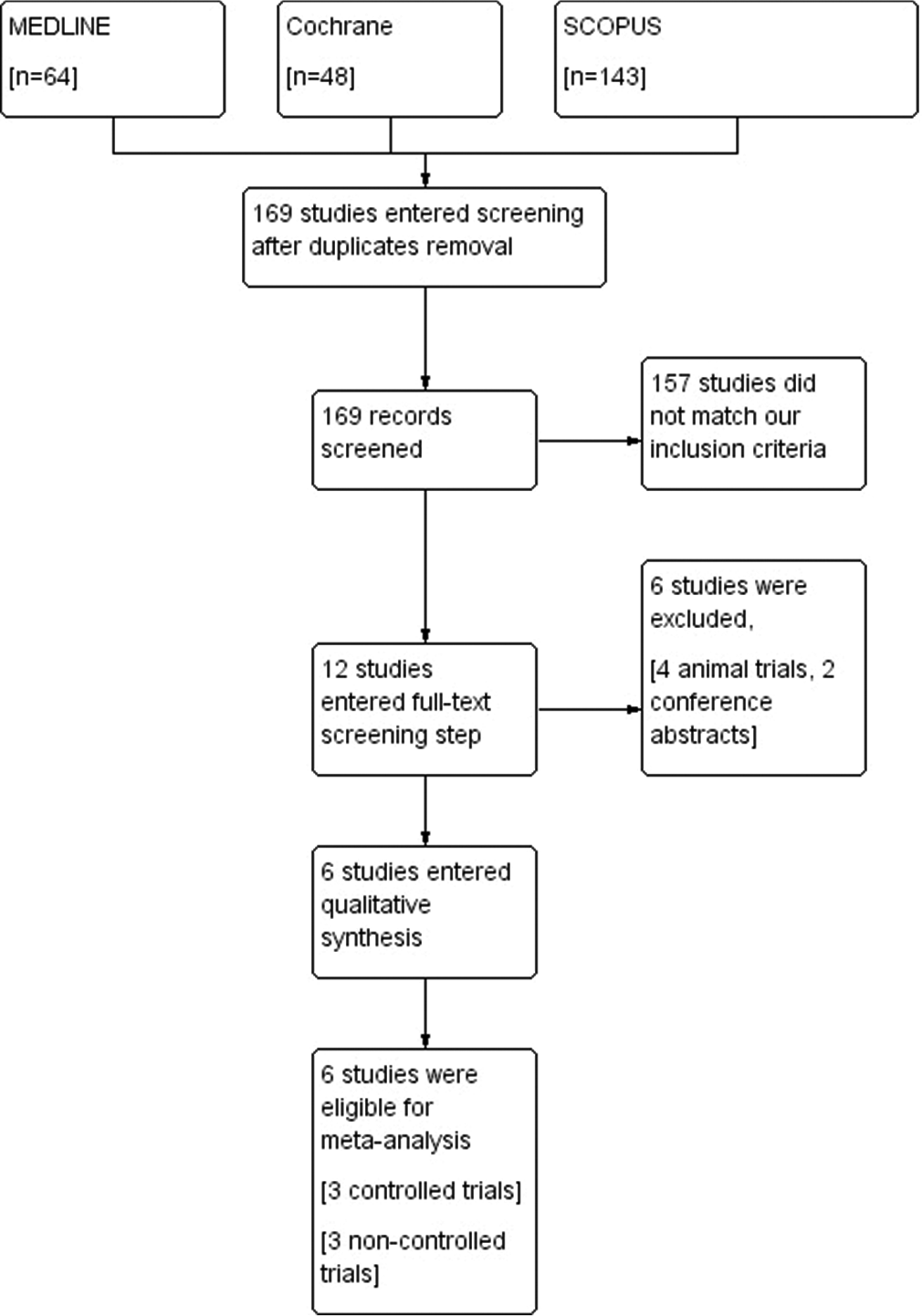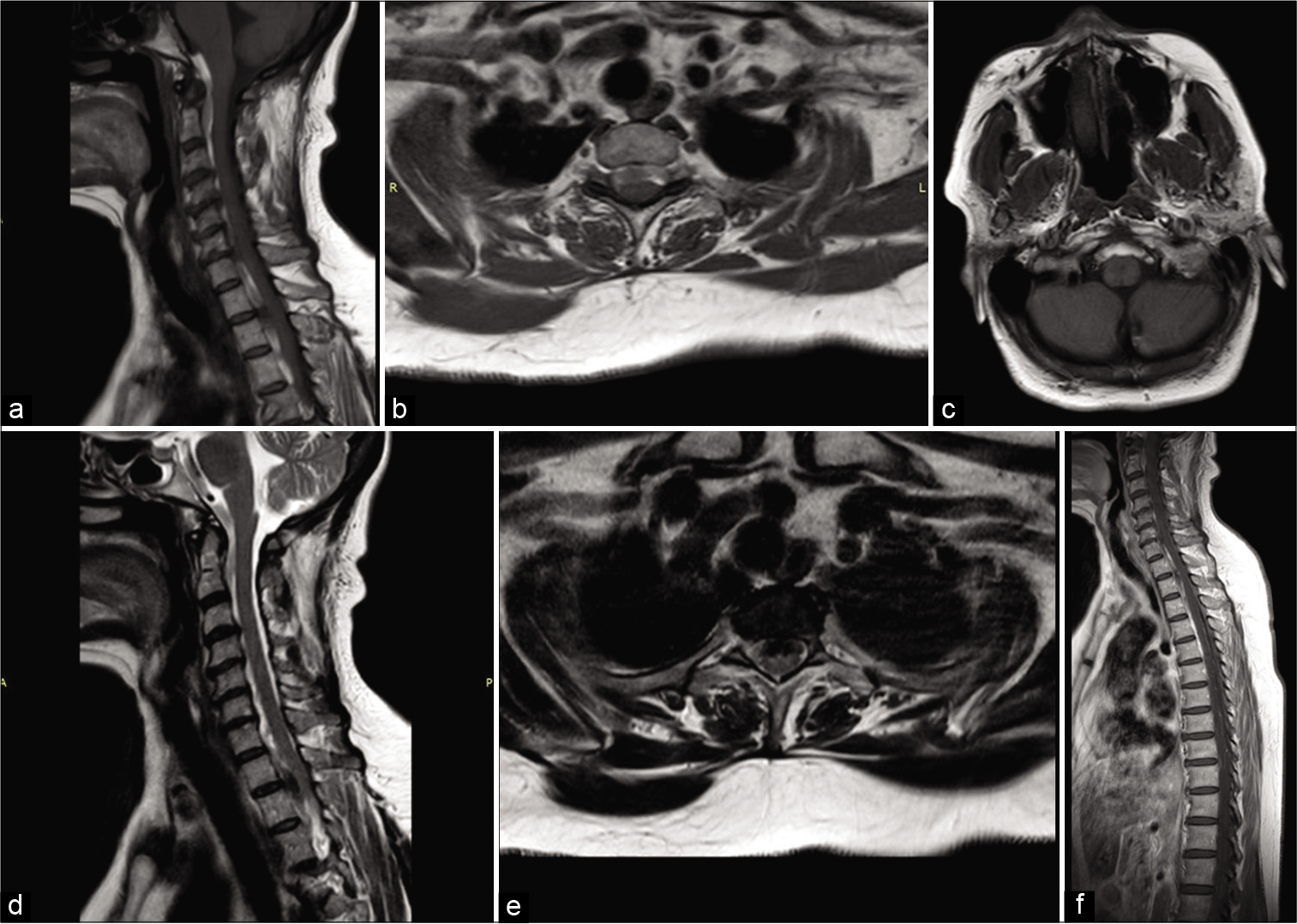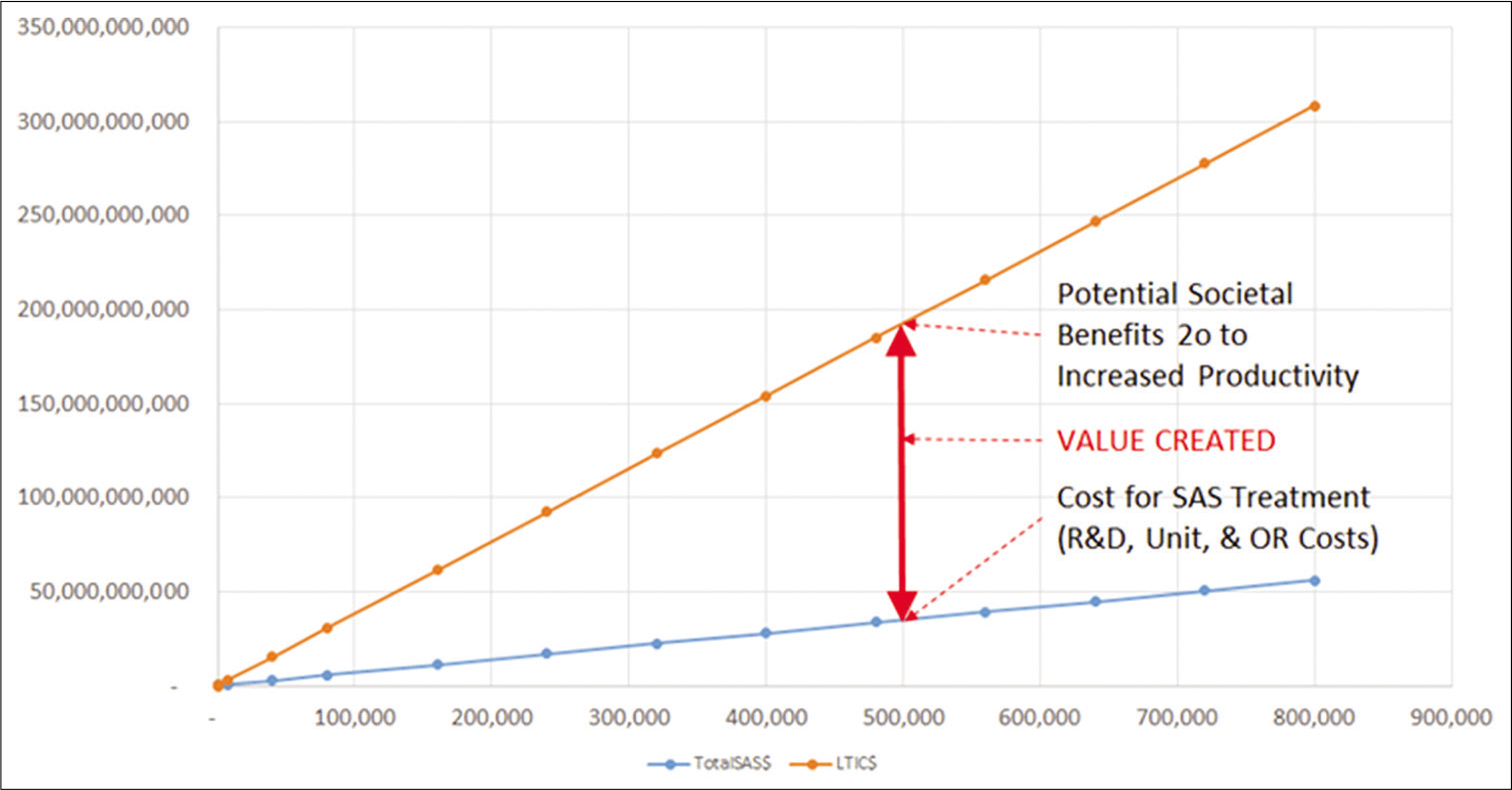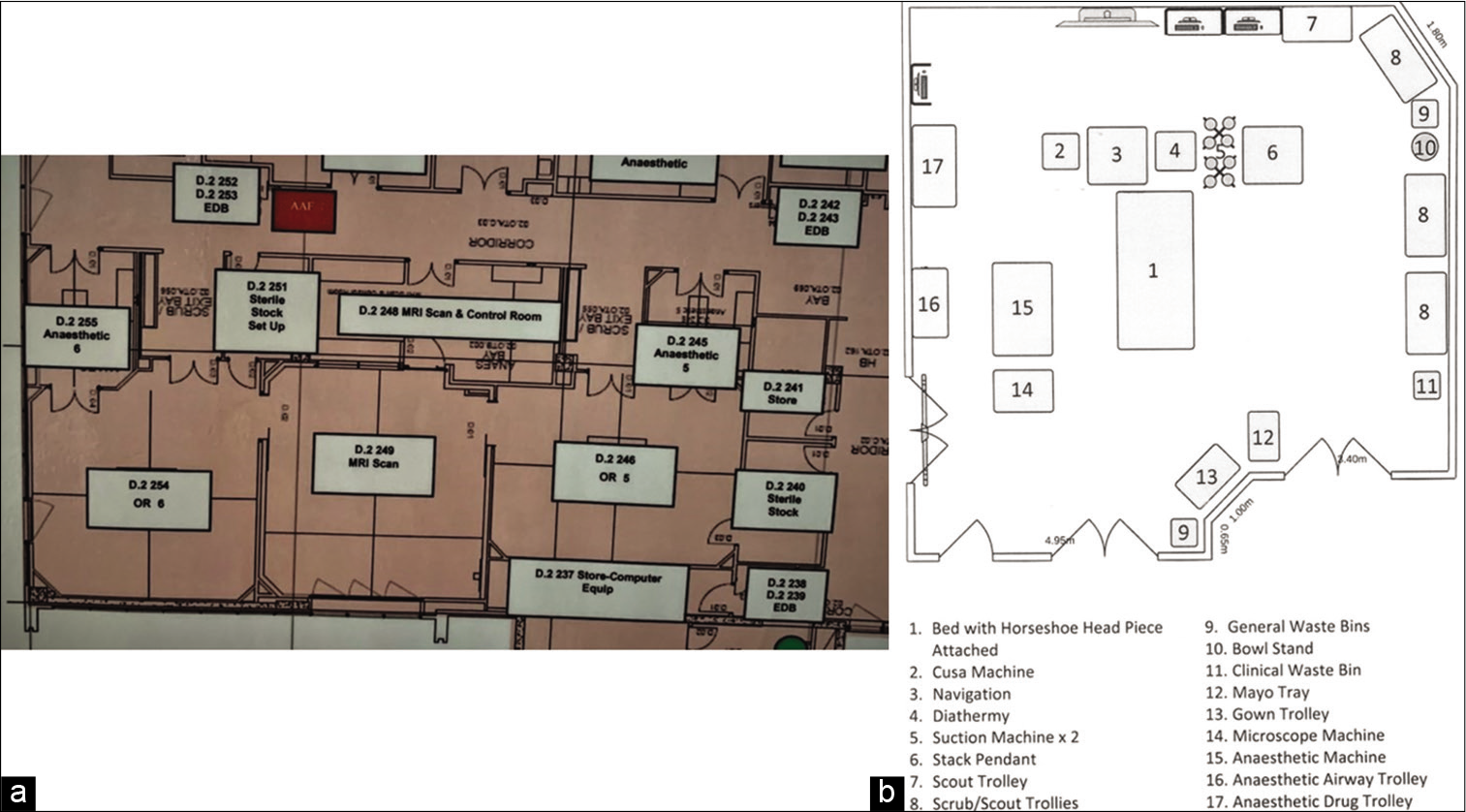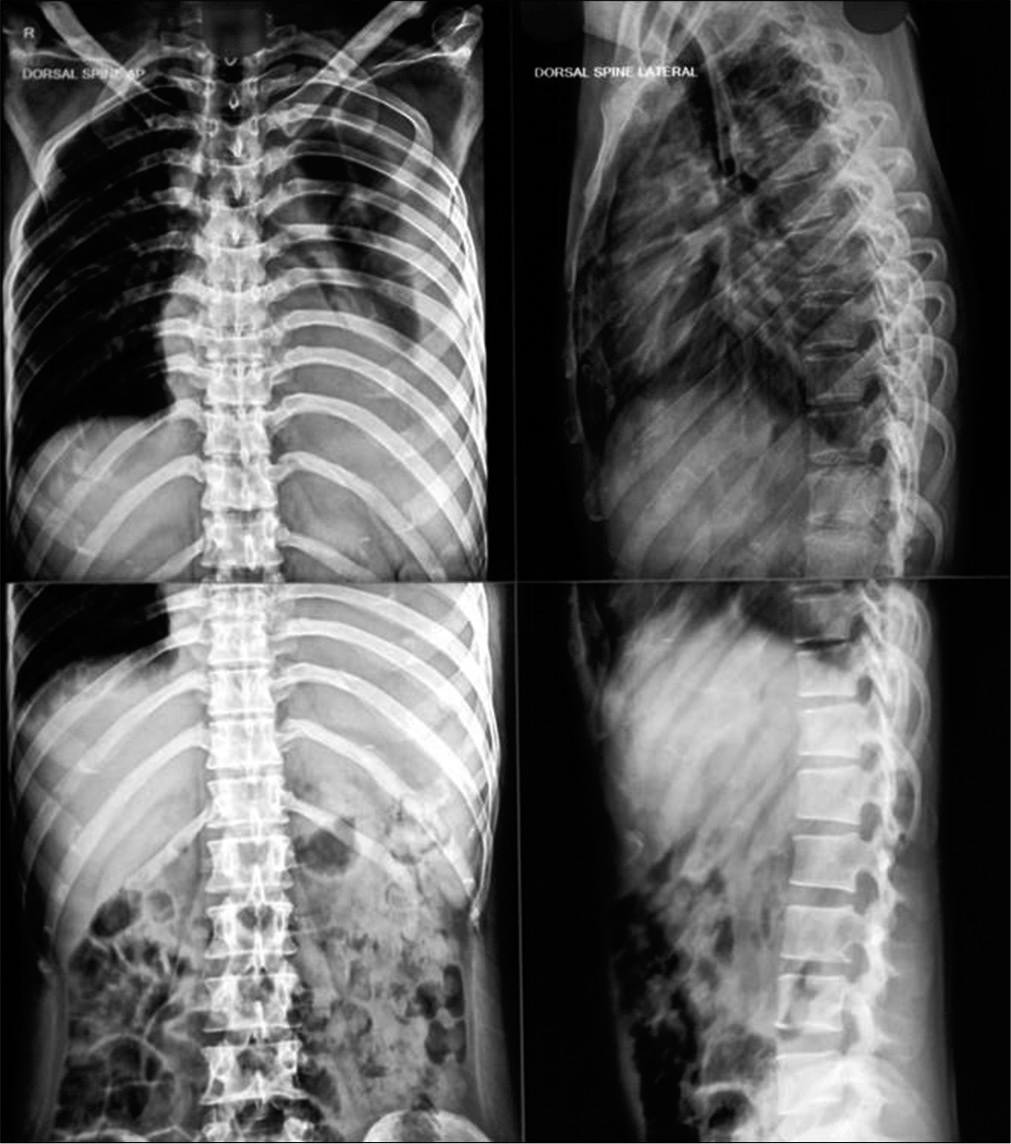Ruptured cerebral aneurysms in COVID-19 patients: A review of literature with case examples
Date of publication: 26-Apr-2021
Background: The novel severe acute respiratory syndrome coronavirus 2 is responsible for over 83 million cases of infection and over 1.8 million deaths since the emergence of the COVID-19 pandemic. Because COVID-19 infection is associated with a devastating mortality rate and myriad complications, it is critical that clinicians better understand its pathophysiology to develop effective treatment. Cumulative evidence is suggestive of cerebral aneurysms being intertwined with the hyperinflammatory state and hypercytokinemia observed in severe COVID-19 infections.
Acute nontraumatic subdural hematoma from ruptured accessory meningeal artery pseudoaneurysm
Date of publication: 26-Apr-2021
Background: Cerebral angiography including internal and external carotid artery injections is crucial in young patients with a spontaneous subdural hematoma.
Multiple cerebral hemorrhages in sepsis-disseminated intravascular coagulation versus septic embolism: An image report
Date of publication: 26-Apr-2021
Background: Septic emboli are commonly attributed to infective endocarditis and can present with a variety of symptoms including altered mental status and focal neurological deficits. Here, we reviewed images of septic emboli with hemorrhagic conversion in a patient with sepsis and a psoas abscess. We aim to show the classical image findings in septic embolism to brain, which is sparsely described in literature and the report differentiates the septic embolism from disseminated intravascular coagulation which can present with almost identical image findings.
A novel checklist for anesthesia in neurosurgical cases
Date of publication: 26-Apr-2021
Abstract
Throughout their training, anesthesiology residents are exposed to a variety of surgical subspecialties, many of which have specific anesthetic considerations. According to the Accreditation Council for Graduate Medical Education requirements, each anesthesiology resident must provide anesthesia for at least twenty intracerebral cases. There are several studies that demonstrate that checklists may reduce deficiencies in pre-induction room setup. We are introducing a novel checklist for neuroanesthesia, which we believe to be helpful for residents during their neuroanesthesiology rotations. Our checklist provides a quick and succinct review of neuroanesthetic challenges prior to case setup by junior residents, covering noteworthy aspects of equipment setup, airway management, induction period, intraoperative concerns, and postoperative considerations. We recommend displaying this checklist on the operating room wall for quick reference.
A rare appearance of the trigeminocardiac reflex during resection of posterior parasagittal meningioma
Date of publication: 26-Apr-2021
Background: Although a well-recognized phenomenon of the tentorium and posterior fossa, the trigeminocardiac reflex (TCR) has been rarely reported during surgery involving the posterior falx cerebri.
Efficacy and safety of polyethylene glycol dural sealant system in cranial and spinal neurosurgical procedures: Meta-analysis
Date of publication: 26-Apr-2021
Background: We aimed to assess the efficacy of polyethylene glycol (PEG) dura sealant to achieve watertight closure, prevention of cerebrospinal fluid (CSF) leak and to investigate its possible side effects.
Spontaneous anterior cervicothoracic spinal epidural hematoma extending to clivus in SARS-CoV-2 infection
Date of publication: 26-Apr-2021
Background: The treatment of spontaneous spinal epidural hematomas (SSEHs), depending on the lesion size and myeloradicular involvement, can be surgical or conservative. Here, we present a 55-year-old patient who sustained a SSEH several months following a systemic SARS-CoV-2 infection.
Societal return on investment may greatly exceed financial return on investment in neurotechnology-based therapies: A case study in epilepsy therapy development
Date of publication: 19-Apr-2021
Background: This research study is an economic analysis of a neurotechnology-based translational research and development venture focused on the development of a therapy for patients with epilepsy. In the conceptualization, planning, financing, and execution of neurotechnology ventures, many factors come into play in determining value and ability to secure financing at each stage of the venture. Conventionally, these have included factors that determine the return on investment for the stakeholders of the venture, most notably the investors and the team members, the former investing hard earned capital, and the latter investing significant portions of their professional careers. For a variety of reasons, the positive impact on society is often not quantified and taken into consideration.
Intraoperative MRI in trans-sphenoidal surgery using frameless stereotaxis
Date of publication: 19-Apr-2021
Background: Intraoperative magnetic resonance imaging (iMRI) has been used for pituitary surgery for approximately 20 years. The introduction of frameless stereotaxis allows efficient navigation for both the ENT and neurosurgeon. This allows flexibility in placement of the patients head to facilitate resection, efficient use of theater time and improves the safety profile of the operation. This is the first study to describe and investigate the use of frameless stereotaxis in conjunction with iMRI.
Extramedullary myeloid sarcoma mimicking tuberculosis of spine: A case report and literature review
Date of publication: 19-Apr-2021
Background: A definitive diagnosis of spinal tuberculosis (TB) remains challenging. The “gold standard” is to obtain histopathological confirmation of the lesion. This analysis highlights how to avoid missing the diagnosis of an extramedullary myeloid sarcoma (EMS) versus TB.


